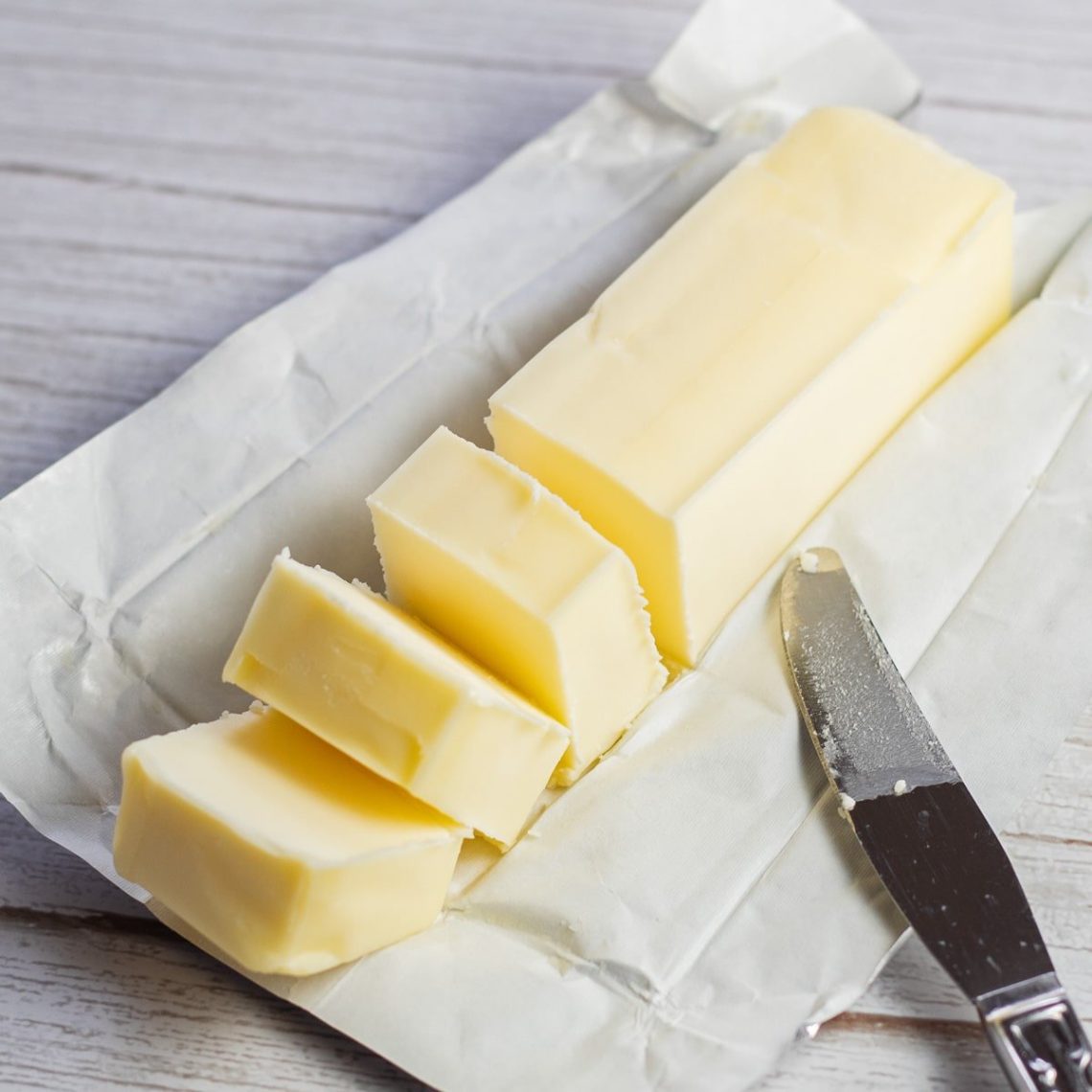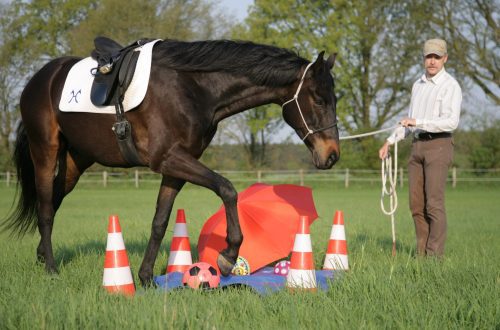
How many “grams of gingerbread” do you need and what is the “length of the stick”?
How many “grams of gingerbread” do you need and what is the “length of the stick”?
Negative reinforcement is one of the main elements of horse training, and it is not about cruelty and punishment (as many beginner riders unfairly think), but about the use of controls.
So, for example, when teaching a horse to yield to pressure, we apply pressure (stimulus) to it and reward the horse when it yields. The reward is the removal of the stimulus. And this is the basis of all controls. Each “pressing” means of control, in principle, can be considered as a negative reinforcement. Rewarding the horse for his correct response is the removal of the stimulus.
Obviously, the negative reinforcement is not so negative, because the horse, when it is affected by the leg, does not neigh for the whole district, “Come to your senses, Human!”. If you use it correctly, it is a gentle pressure that is quickly removed as soon as the horse has done what was required of him.
When a certain means of control needs to be given special emphasis, auxiliary means such as a whip and spurs are used. It is important to understand how to properly use these tools.
Both the whip and the spurs are training aids. They act as true negative reinforcement and should be used as such. Horses are incredibly sensitive creatures by nature. Of course, some of them are more sensitive, some less, but they all feel when a fly lands on their skin. They feel your spur and whip.
Very often one can observe the following scenario of working with a whip: the instructor tells the student that it is necessary to “revive” the horse, which has lost energy, with a whip, and the student obediently agrees. He hits the horse several times, and the horse in turn continues to move as it moved, or gives a mediocre response. The student is satisfied that he followed the instruction of the instructor, but the main lesson that the horse learned in doing so was desensitization. The horse has just learned to ignore the whip, not to react to it, which is completely contrary to the true purpose of the rider.
The same thing happens with the spur – the student will get used to supporting any gait with the spurs instead of using them only to increase the horse’s response to any aid. The spur, which is supposed to increase seat or leg response if the horse is sluggish or ignorant of them, instead becomes a control in its own right. Over time, the rider will have to use more and more strict spurs or use the whip more and more often. The horse loses sensation and we begin to move in the opposite direction from our goal – a sensitive horse, correctly and clearly responding to the slightest impact of the controls.
Speaking of responses, it must be remembered that the type of response is also of paramount importance for learning purposes.
Another common scenario is that the rider uses a whip or a spur and the horse responds by tailing, head waving (in extreme cases, hitting), the rider stops the action, pleased that the horse has a reaction. But the last thing you want to do is ride a horse that moves sluggishly but tails vigorously. So why should such a reaction please?
Reaction is good. She tells you what your horse is thinking. But you need to make sure you work with the same set of rules. What control tool did you use before using the whip or spurs? What did you want? Moving forward, collecting, turning, leg yielding? Not all riders really understand this clearly. But only by knowing what you want will you be able to judge whether the reaction of the horse was what you wanted.
Positive reinforcement is also important, but it must be dosed.
So, for example, I will work with young and unsafe horses, actively using voice signals. I talk to them to give them a sense of confidence, making sure my breathing and muscle tone don’t cause them tension (you’d be surprised how often your horse holds his breath when you hold it, and vice versa) . With horses like this, I’m generous with sound rewards.
But as the horse becomes more experienced and confident, I will talk to him and reward him with less and less voice. And not because I will be less happy with it, but because I want my positive reinforcement to remain as powerful a tool as my negative one. If I say “Bravo!” a hundred times every workout! or “Good boy!”, then soon the horse will stop responding to this praise, sound signals for him will cease to be something special. I want the horse to know when I’m happy. This works great when you are teaching a new skill to a horse, the horse gets tense but tries and succeeds. Consistent praise is incredibly important for building confidence and does wonders for mentally preparing the horse for the next attempt. If I were to talk non-stop at every training session, then my words would lose their positive effect on the mental state of the horse.
So, both the stick and the carrot, these negative and positive incentives, work only when the carrot remains desirable and sweet, and the stick remains unpleasant. We should work with our horses calmly, without sharp negative reactions or noisy chatter. This will give our horses the freedom and ability to listen to what we really have to say.
Bonnie Walker (source) translation by Valeria Smirnova.





